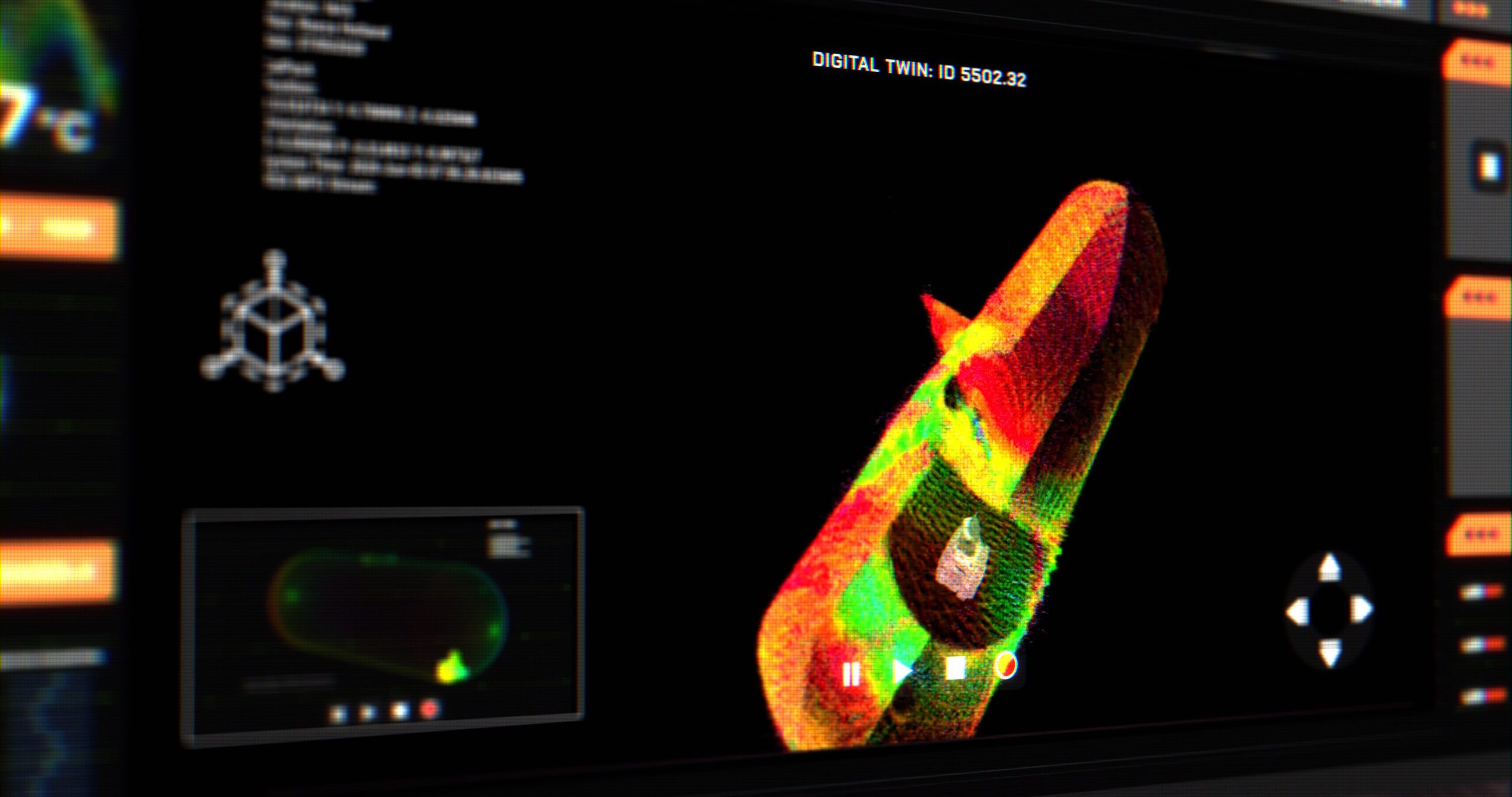Why Your Industry Needs Digital Twins

As technology advances, it seems, on virtually a daily basis, the latest buzz word is industry 4.0. This is closely followed by that of digital twin. For those that are yet to get to grips with the meaning of both (and that’s many of us) let’s first demystify the former. We’ll then move onto the applications, considerations and advantages of the latter.
Industry 4.0 refers to the 4th industrial revolution. What this means is the transformation of traditional manufacturing and industrial processes into those that are automated. This is being buoyed through the dramatic increase in smart technology, also referred to as Internet of Things (IoT).
Now we understand that we can move onto the aspect of the digital twin.
Understanding the Digital Twin
In a nutshell, a digital twin is a virtual modelling program that simulates a physical object or process throughout its entire life cycle. All manner of scenarios can be programmed to determine the effects. It also gives the provision to remotely monitor and control.
A digital twin can be created to mirror most applications, be it a system, single asset or a complex combination of linked equipment. By running various scenarios and ‘what if’ occurrences, companies can discover innovative ways to increase performance. Conversely, this also provides a solid way to test a high risk process without the danger of a catastrophic result.
A digital twin can be as simple or sophisticated as you choose. It can represent a single element or multiple and complex cases. To create such a model requires sensors, a communication network and an advanced digital platform.
3 Major Applications for A Digital Twin and the benefits they bring
The industry 4.0 landscape is something never-yet experience by the human race. To complement this, the concept of the digital twin was first seen in the aerospace industry. Today, there’s not a field untouched by the advancement of technology. It’s this that makes the use of a digital twin such a powerful tool.
The following are three of the most advantageous reasons for utilising digital twin technology.
- Prototypes and product design: The creation of virtual models and protypes provides a unique insight into workload capacities, constraints, breaking points, characteristics and failures. This is equally applicable to a physical asset as to a system. The benefits of running robust simulations on virtual prototypes before moving into production are many – both from a safety point of view as well as economic.
- Maintenance and safety: The ability to predict wear, tear and failure of assets allows for true proactive maintenance. Examples include assets within the oil & gas or petrochemical industry where, historically, maintenance has often been reactive following manual inspection.
- Process planning: Inefficiencies and losses during any industrial process is costly. Determining what these are and where they occur allows organisations to optimise output, increase yield and reduce wastage. In fields where downtime has a dramatic negative impact on production (petrochemical, oil & gas, nuclear etc) accurately forecasting and planning the down periods can make all the difference in the provision of these hugely costly operations.
Considerations
As with any new tech, there are various aspects to consider before jumping in. First and foremost is that adequate technology is in place to feed the necessary data. This needs to be collated, analysed, verified, structured and of a high enough quality to provide the digital twin with the necessary information to accurately perform its task. Connectivity is key, and consideration should be given to the quality of an existing comms infrastructure before embarking on such a project.
A digital twin is certainly not a stand-alone concept. It’s a dynamic commodity – ever improving thanks to continuous analysis of real-time data. For most organisations, this will see an initial digital twin application evolving through time, perhaps starting as a single entity before being combined into an ever more complex process over time.
Such innovation is what makes equipment provider, Nexxis, stand out from the crowd. Not only do they provide the latest tech to their clients, but their industry experts actively advise on the very latest options available and provide a model that allows for the evolution of equipment as the need arises.
Unique and cost effective, this is just one reason that Nexxis is becoming the equipment provider of choice to a multitude of global operations. Find out more about the Nexxis solution of flexible, state-of-the-art equipment or contact us today for a no-obligation chat.
